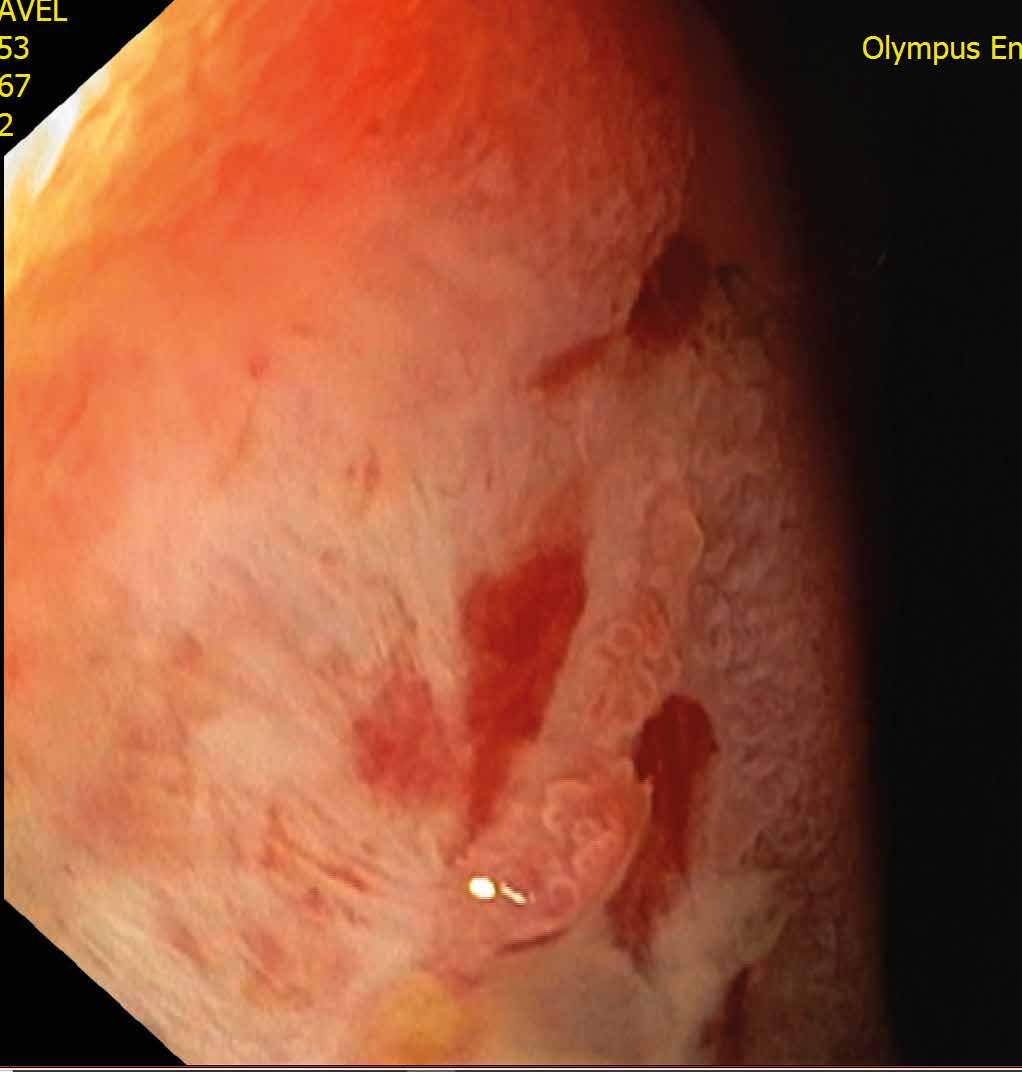Abstrakt
Úvod: V našem příspěvku chceme připomenout vzácnou diagnózu.
Kazuistika: 54letý pacient, obézní hypertonik a kuřák, byl 12 let ošetřován pro intermitentní bolesti břicha. První gastroskopii pro krvácející vřed absolvoval v r. 2010. V dalších letech následovaly opakované gastroskopie s proměnlivým postižením jícnu až duodena. Kapslová enteroskopie diagnostiku dále neposunula. Pacient několikrát podstoupil koloskopii a MR enterografii, jednoznačně patologický nález nepřinesly. V květnu 2022 byl přijat na naše oddělení pro bolesti břicha, zvracení. Tentokrát na gastroskopii byly patrné mnohočetné drobné ulcerace duodena a jejuna s koaguly, která činila mechanickou překážku. Pro podezření na gastrinom byl doplněn chromogranin A, který byl vysoký. Somatostatinový octreoscan byl však negativní. Až 68Ga-DOTATOC PET (pozititronová emisní tomografie s radiofarmakem DOTA, značeným galiem68) nalezl ložisko v podjaterní krajině, které ale nemělo žádný korelát na CT. Diagnózu jsme uzavřeli jako gastrinom s Zollinger-Ellisonovým syndromem. Endoskopicky se podařilo nalézt asi 1cm tumor duodena. Pacient v říjnu 2022 podstoupil excizi stěny duodena. Patolog potvrdil naši diagnózu gastrinomu.
Závěr: Touto kazuistikou chceme připomenout, že i neuroendokrinní tumory musíme zařadit do našich diferenciálně diagnostických úvah. Současně chceme upozornit, že dle ESMO doporučení bychom měli k diagnostice preferenčně využívat 68Ga-DOTATOC PET/CT místo scintigrafického vyšetření (111In-Octreoscanu).


